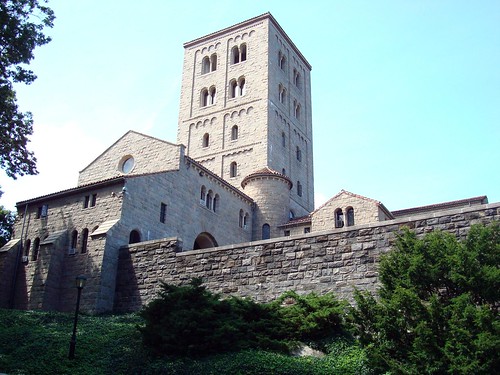What was life like from the twelfth through the fifteenth century?
It was the Renaissance, a time of cultural rebirth.
No wonder I catch my breath when I "see" from this era.
No wonder I loved France so much. Medieval. My time, my era, for sure.
The Renaissance (French for "rebirth"; Italian: Rinascimento, from ri- "again" and nascere "be born")[1] was a cultural movement that spanned roughly the 14th to the 17th century, beginning in Florence in the Late Middle Ages and later spreading to the rest of Europe. ... (more)
http://en.wikipedia.org/wiki/Renaissance
Main article: Outline of the Renaissance
* Weser Renaissance
* Gilded woodcarving
* List of Renaissance figures
* List of Renaissance structures
* Medical Renaissance
* Scientific Revolution
------
wiki.answers.com/Q/How_can_people_literally_see_the_past_by_using_light_waves
How can people literally see the past by using light waves?
In: Physics
Answer
Here's the example that illustrate what you just asked. I will be using this example from astronomy. When you look up the sky to the stars, you are literally seeing into the past. The distance from you to the star you are looking at is x lightyears away. Lightyear is distance light travles in 1 year. So if a star is, say 100 lightyears away from you, then you are seeing the state of the star that much time ago.
---
MetMuseum.org/cloisters/
The Cloisters, the branch of The Metropolitan Museum of Art devoted to the art and architecture of medieval Europe, was assembled from architectural elements, both domestic and religious, that date from the twelfth through the fifteenth century. The building and its cloistered gardens—located in Fort Tryon Park in Northern Manhattan—are treasures in themselves, effectively part of the collection housed there. The Cloisters collection comprises approximately five thousand works of art from medieval Europe, dating from about the ninth to the fifteenth century. View selected highlights from the collection, or learn more about the curatorial department that oversees The Cloisters collection. ...more

No comments:
Post a Comment